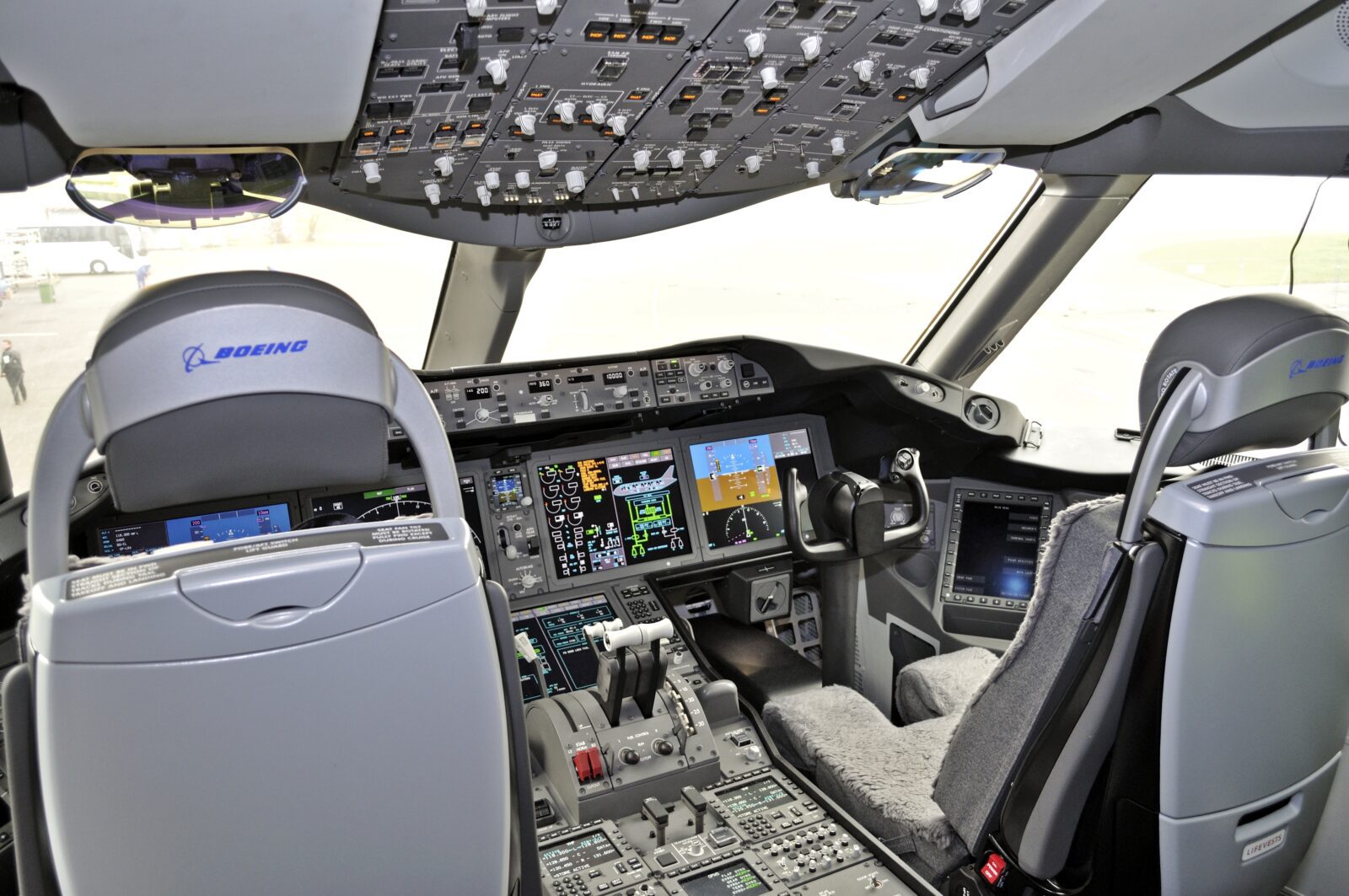
Embattled aircraft manufacturer Boeing has sent out a memo to all airlines worldwide that operate the 787 Dreamliner because of a ‘known condition’ with a secondary switch on both pilot’s seats that could have caused a LATAM flight to Auckland to suddenly nose dive on Monday.
At least 50 passengers and crew were injured after LATAM flight LA800 suddenly and unexpectedly dropped midflight, with 13 people being transported to the hospital and emergency responders describing one passenger as being in a ‘serious condition’.
There was no turbulence leading up to the nose dive, and LATAM initially said a ‘technical problem’ was behind the terrifying incident. Investigators quickly started looking at an issue with the pilot’s seat and the possibility that one of the flight crew was pinned against the control column after the seat suddenly moved forward.
One of the leading theories is that a flight attendant delivering a meal to the pilots in the cockpit leaned on the back of the pilot’s seat and accidentally knocked a control switch that moved the seat forward.
Neither LATAM nor accident investigators have confirmed this version of events so far, although the memo sent by Boeing to 787 operators late on Thursday seemingly backs up this version of events.
The pilot’s seats on 787 Dreamliners have two sets of electronic switches to move the seat forward and aft. The primary switch is located to the side of the seat inboard, which is pretty standard for a pilot’s seat on any aircraft type.
Boeing also installed a secondary horizontal seat movement switch on the top of the switch to the back of the headrest. This switch is protected by a cover and is designed for flight attendants to use to bring the seat aft in the event of a pilot’s incapacitation.
The memo warns of a ‘known condition’ in which the rocker switch used to electronically move the seat can become loose or detached.
“Closing the spring-loaded seat back switch guard onto a loose/detached switch cap can potentially jam the rocker switch, resulting in unintended seat movement,” the memo warns.
Boeing says pilots should activate an emergency power cutoff to prevent the seat from moving forward. Pilots could also press the primary seat movement switch in the opposite direction, but that method would only work for however long the pilot keeps pressing down on the switch.
Boeing hasn’t given airlines any indication of how quickly they should inspect their fleets, but the manufacturer says that operators should check that the rocker switches on their 787 pilots seats aren’t loose at a “convenient maintenance opportunity”.
Mateusz Maszczynski honed his skills as an international flight attendant at the most prominent airline in the Middle East and has been flying ever since... most recently for a well known European airline. Matt is passionate about the aviation industry and has become an expert in passenger experience and human-centric stories. Always keeping an ear close to the ground, Matt's industry insights, analysis and news coverage is frequently relied upon by some of the biggest names in journalism.







